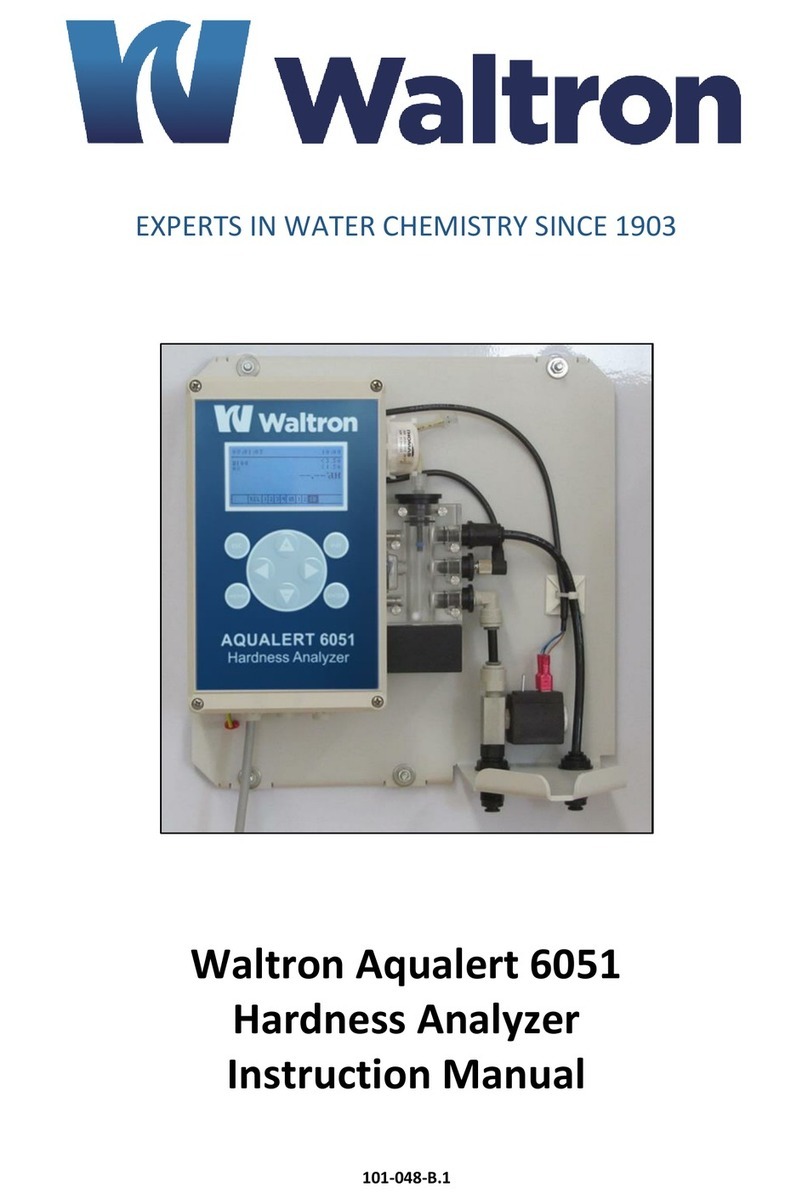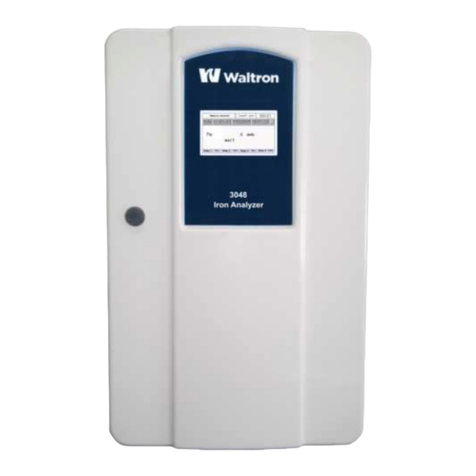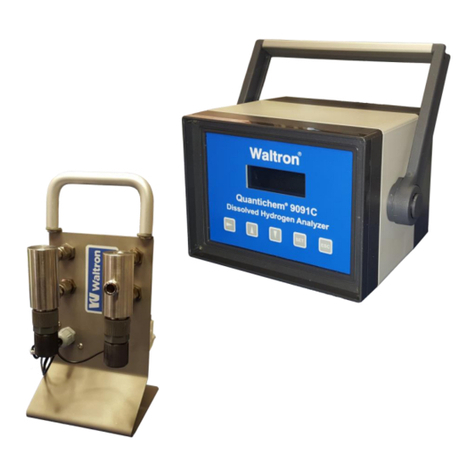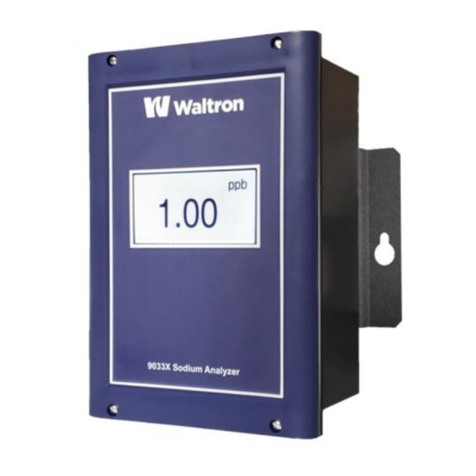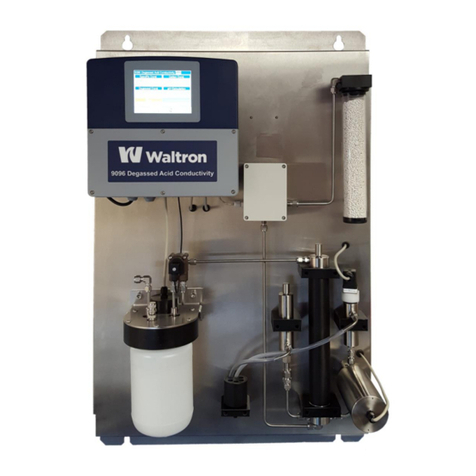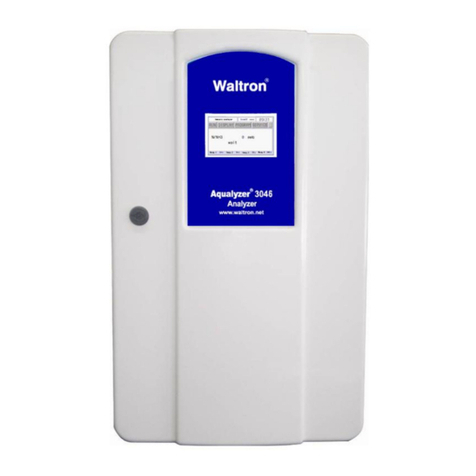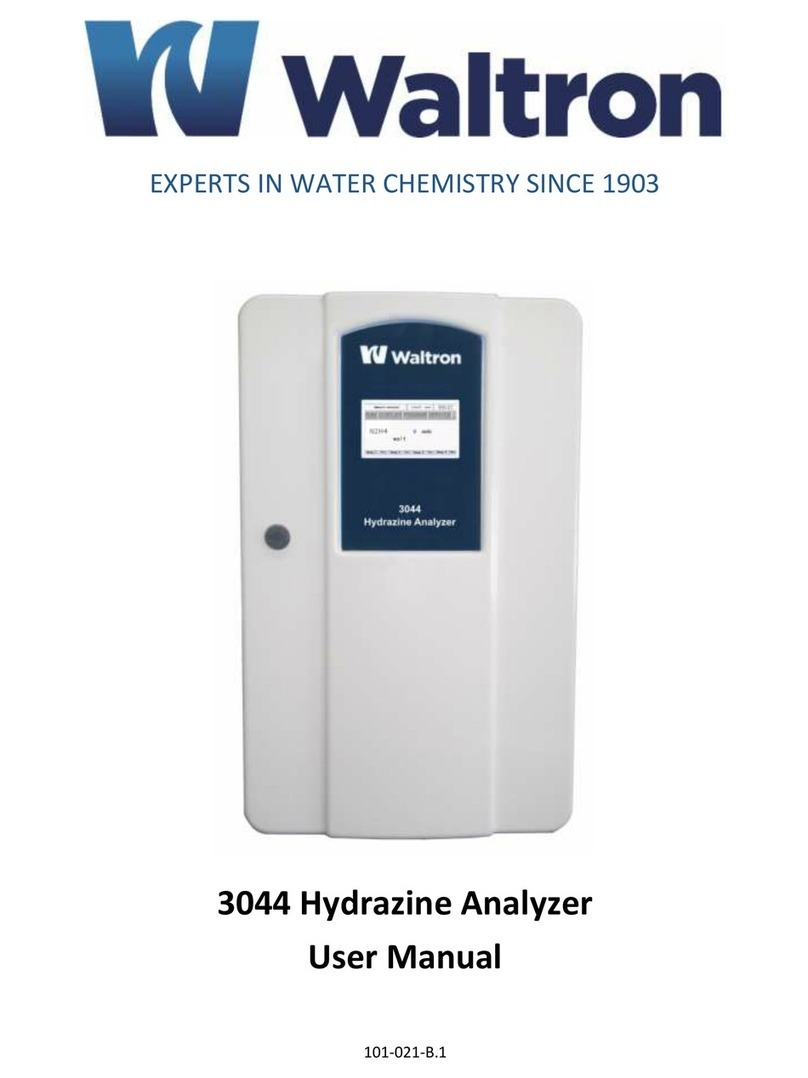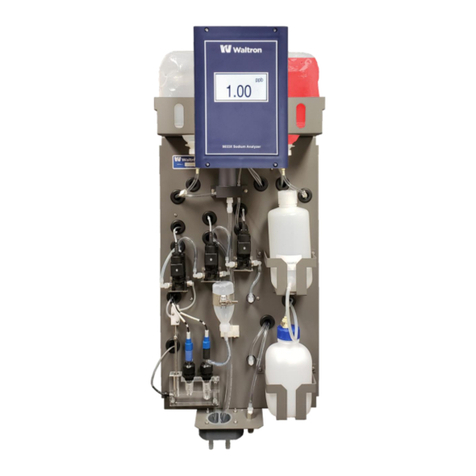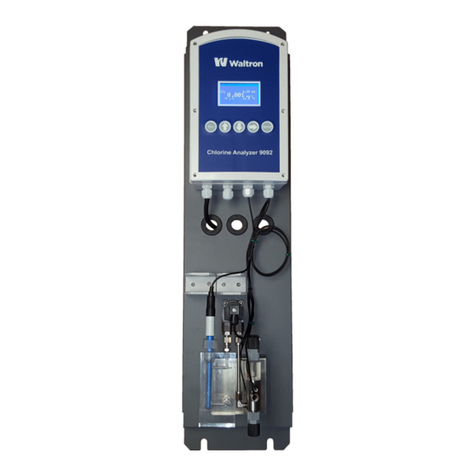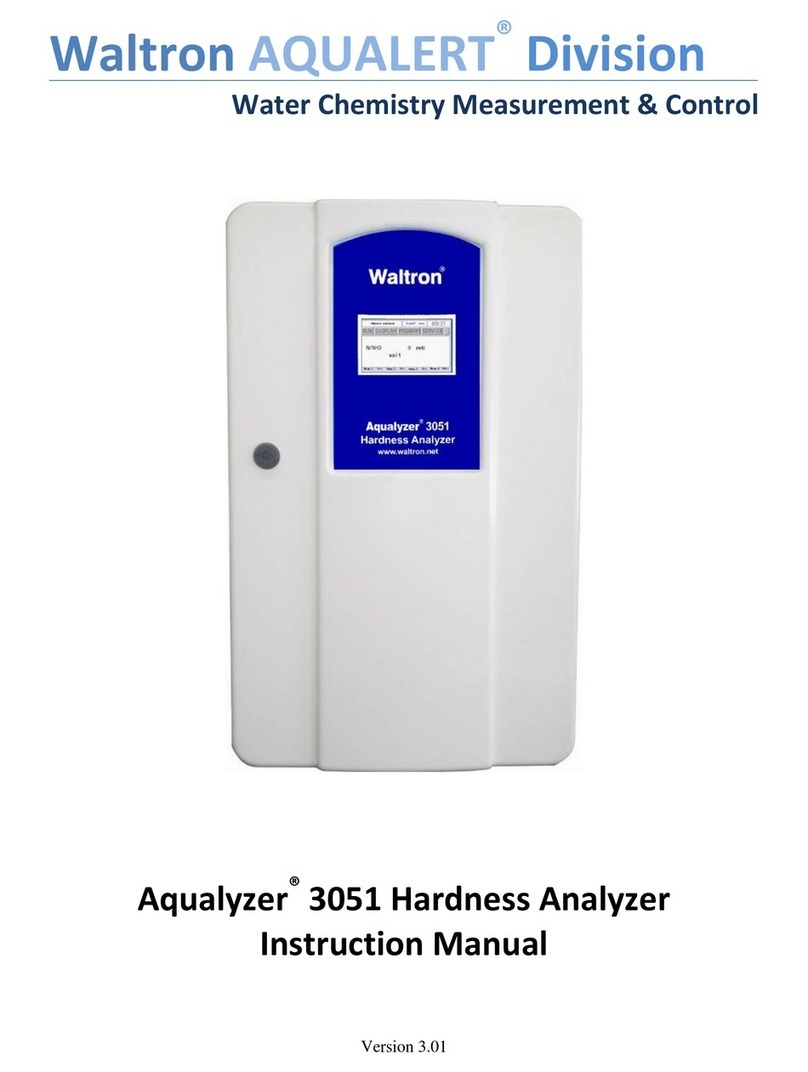
TABLE OF CONTENT
1INTRODUCTION................................................................................................................................1
1.1 GENERAL ..................................................................................................................................... 1
1.2 DESCRIPTION.............................................................................................................................. 1
1.2.1 SENSOR UNIT........................................................................................................................ 1
1.2.2 TRANSMITTER UNIT ............................................................................................................ 1
2INSTALLATION ................................................................................................................................. 3
2.1 MOUNTING OF UNIT.................................................................................................................. 3
2.1.1 LOCATION AND LAYOUT.................................................................................................... 3
2.1.2 TRANSMITTER UNITS .......................................................................................................... 4
2.2 SAMPLE REQUIREMENTS......................................................................................................... 6
2.3 EXTERNAL PIPING CONNECTIONS......................................................................................... 6
2.3.1 INLET..................................................................................................................................... 6
2.3.2 DRAIN .................................................................................................................................... 6
2.4 ELECTRICAL CONNECTIONS................................................................................................... 7
2.5 SENSOR UNIT .............................................................................................................................. 7
2.5.1 TRANSMITTER UNIT ............................................................................................................ 7
2.5.2 WIRING OF BOARDS................................................................................................................ 8
Chassis.................................................................................................................................................. 10
2.6 REMOTE EQUIPMENT.............................................................................................................. 10
2.6.1
RECORDERS........................................................................................................................ 10
2.6.2
RANGE INDICATION.......................................................................................................... 10
3START UP .......................................................................................................................................... 12
4PRINCIPLE OF OPERATIONS...................................................................................................... 14
4.1 SENSOR UNIT ............................................................................................................................ 14
4.1.1 A flow schematic is shown in Fig. 4.1................................................................................... 14
4.2 QA/QC JUNCTION BOX SWITCH............................................................................................ 15
4.2.1 Normal Calibration .............................................................................................................. 15
4.2.2 Process Calibration.............................................................................................................. 15
4.2.3 QA/QC.................................................................................................................................. 15
4.3 TRANSMITTER UNIT................................................................................................................ 16
4.3.1 ELECTRONICS CHASSIS.................................................................................................... 16
4.3.2 CIRCUIT BOARD FUNCTION............................................................................................ 16
4.3.3 FRONT PANEL CONTROLS ............................................................................................... 17
4.3-4 ALARMS..................................................................................................................................... 20
4.4 ANALOG OUTPUTS................................................................................................................... 20
5CALIBRATION PROCEDURE....................................................................................................... 22
5.1 SINGLE POINT CALIBRATION USING STANDARD SOLUTION....................................... 22
5.2 CALIBRATION USING PROCESS SAMPLE AS ASTANDARD SOLUTION....................... 23
6MAINTENANCE ............................................................................................................................... 24
6.1 CHEMICAL SOLUTIONS .......................................................................................................... 24
6.1-1 BUFFER SOLUTION........................................................................................................... 24
6.1.1 Concentrated ammonia solution - 2 liters ............................................................................ 24
6.1-2 STANDARD SOLUTIONS........................................................................................................... 24
6.1-3 NITRIC ACID CLEANING SOLUTION............................................................................... 26
Note: Waltron L.L.C. offers Nitric Acid in a 2 ounce size part number H1234-556 ........................... 26
6.1-4 HYDRAZINE SENSOR RECHARGE GEL................................................................................. 26
6.2 SCHEDULED SERVICING ........................................................................................................ 26
i


